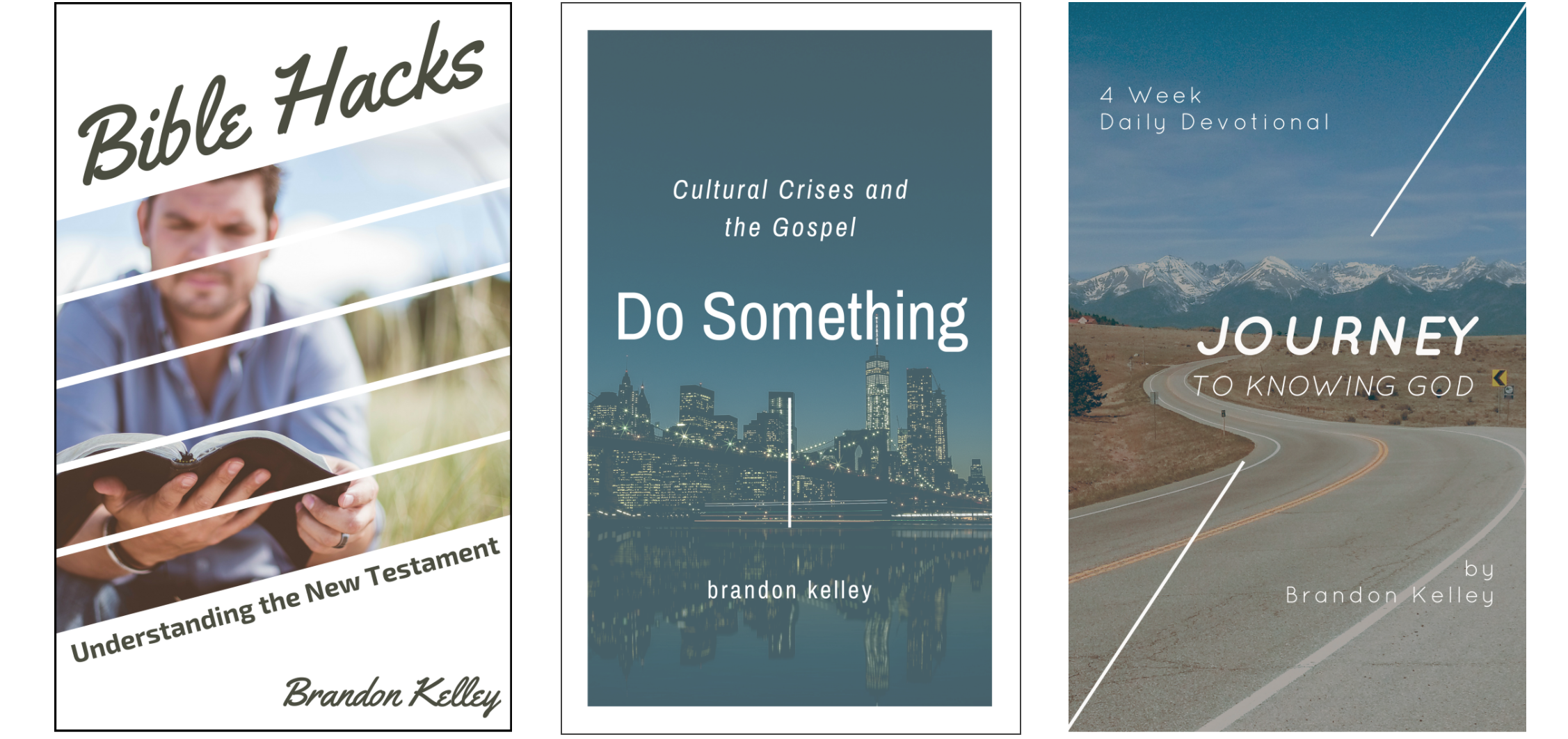When you boil down movies, books, and really any other form of stories, you find that they all follow the same pattern and, ultimately, are all from the same source. Disney screenwriter Christopher Vogler, in the late 1980’s, came about a work by Joseph Campbell called, The Hero with a Thousand Faces. In this work Campbell proposed that all stories share a fundamental structure, which he called the mono-myth. George Lucas admitted that Campbell’s work had inspired him in his creation of Star Wars.
When Vogler discovered Campbell’s work, he sent out a company memo to all other Disney screenwriters where he explained that they should retell the story that Campbell explained was present in all major stories as many times as they could. The story they would tell and retell eventually became known as the hero myth.
Vogler boiled down this way of telling a story into twelve stages.
The 12 Stages of the Hero Myth
1. Ordinary World – the hero’s normal world before the story begins;
2. Call to Adventure – the hero is presented with a problem, challenge, or adventure;
3. Refusal of the Call – the hero refuses the challenge or journey, usually because he’s scared or wounded by previous experiences in some way;
4. Meeting with the Mentor – the hero meets a mentor to gain advice or training for the adventure;
5. Crossing the First Threshold -the hero leaves the Ordinary World and goes into the Special World;
6. Tests, Allies, Enemies – the hero faces tests, meets allies, confronts enemies, and learns the rules of the Special World;
7. Approach – the hero has hit setbacks during tests and may need to try a new idea;
8. Ordeal – the biggest life-or-death crisis;
9. Reward – the hero has survived death, overcomes his fear, and now earns the reward;
10. The Road Back – the hero must return to the Ordinary World;
11. Resurrection Hero – another test where the hero faces death – he has to use everything he’s learned;
12. Return with Elixir – the hero returns from the journey with the “elixir,” and uses it to help everyone in the Ordinary World.
Campbell believed that all myths contain at least most of the above stages. Only a few have them all, but all have many or most of them.
This way of structuring and telling stories gave Disney Studios the creativity it needed to make films such as The Lion King, The Beauty and the Beast, Toy Story, and more.
The Source of Every Great Story
Here’s the point. If you take those twelve stages and look at Jesus’ life, you’ll find that every stage is present.
1. Ordinary World – Jesus grows up in the ordinary town of Nazareth, eventually working as a carpenter.
2. Call to Adventure – Jesus is aware of his calling, but waits for the appointed time to commence his public ministry.
3. Refusal of the Call – Jesus obediently submits to God’s will, so this doesn’t necessarily relate.
4. Meeting with the Mentor – Jesus is baptized by his cousin, John the Baptist.
5. Crossing the First Threshold – Jesus enters the wilderness where he is tested and prepared for his ministry.
6. Tests, Allies, Enemies – Jesus faces an assortment of tests, he calls the twelve disciples, and confronts the religious leaders.
7. Approach – Jesus is betrayed, arrested, tried, and tortured by his enemies before being rejected by the crowds and condemned to crucifixion.
8. Ordeal – Jesus suffers and dies to pay the sin debt of mankind.
9. Reward – Jesus defeats death and is resurrected on the third day, guaranteeing that his sacrifice was sufficient and accepted by God.
10. The Road Back – Jesus returns to his friends and followers to invite them to the mission of the kingdom of God.
11. Resurrection Hero – Jesus promises his followers that he will be with them to the very end of the age and tells them to make disciples of the whole world.
12. Return with the Elixir – Jesus’ return will be accompanied with a regeneration of all things. He will bring the new heavens and the new earth. No more tears. No more pain.
Implications
Mankind has a longing for a hero. We tell stories about great people rising up to save the day. Could it be that this story is marked within our very hearts? Could it be that the stories we come up with are types that, if we look carefully, point us back to the story of our Savior?
We all have a longing in our hearts to be rescued from this world, from ourselves, from our circumstances, from our failures. Whether a person is a Christian or not, their desire is the same. All of mankind desires a hero. And the great news is that Jesus isn’t a character drawn up in a myth or a movie. He is God himself coming down as a man to rescue his creation from themselves and to reconcile them to himself.[shareable]Whether a person is a Christian or not, their desire is the same. All of mankind desires a hero.[/shareable]
So, who is the source of every great story? Jesus.
Want more?
I’d love to go on this journey of following Jesus with you and help you grow your faith and increase your impact. So let’s be email friends. I’d love to send you a copy of my two free eBooks: Bible Hacks: Understanding the New Testament and Do Something: Cultural Crises and the Gospel. And I’d love to give you my free daily devotional: Journey to Knowing God. You’ll get all this (and updates with new content) when you subscribe to the blog.
This idea was adapted from a book I highly recommend, The Faith of Leap by Michael Frost & Alan Hirsch.

